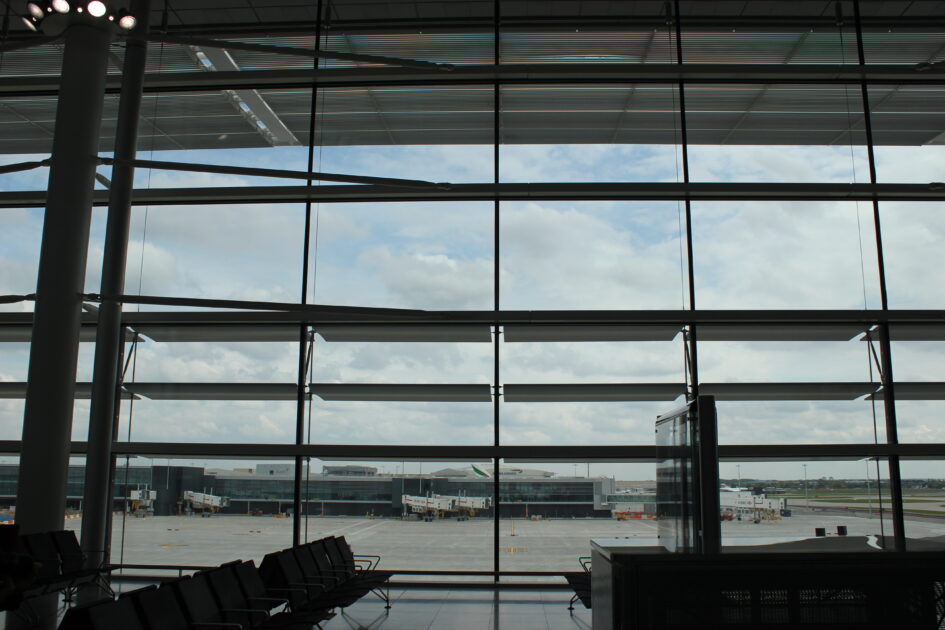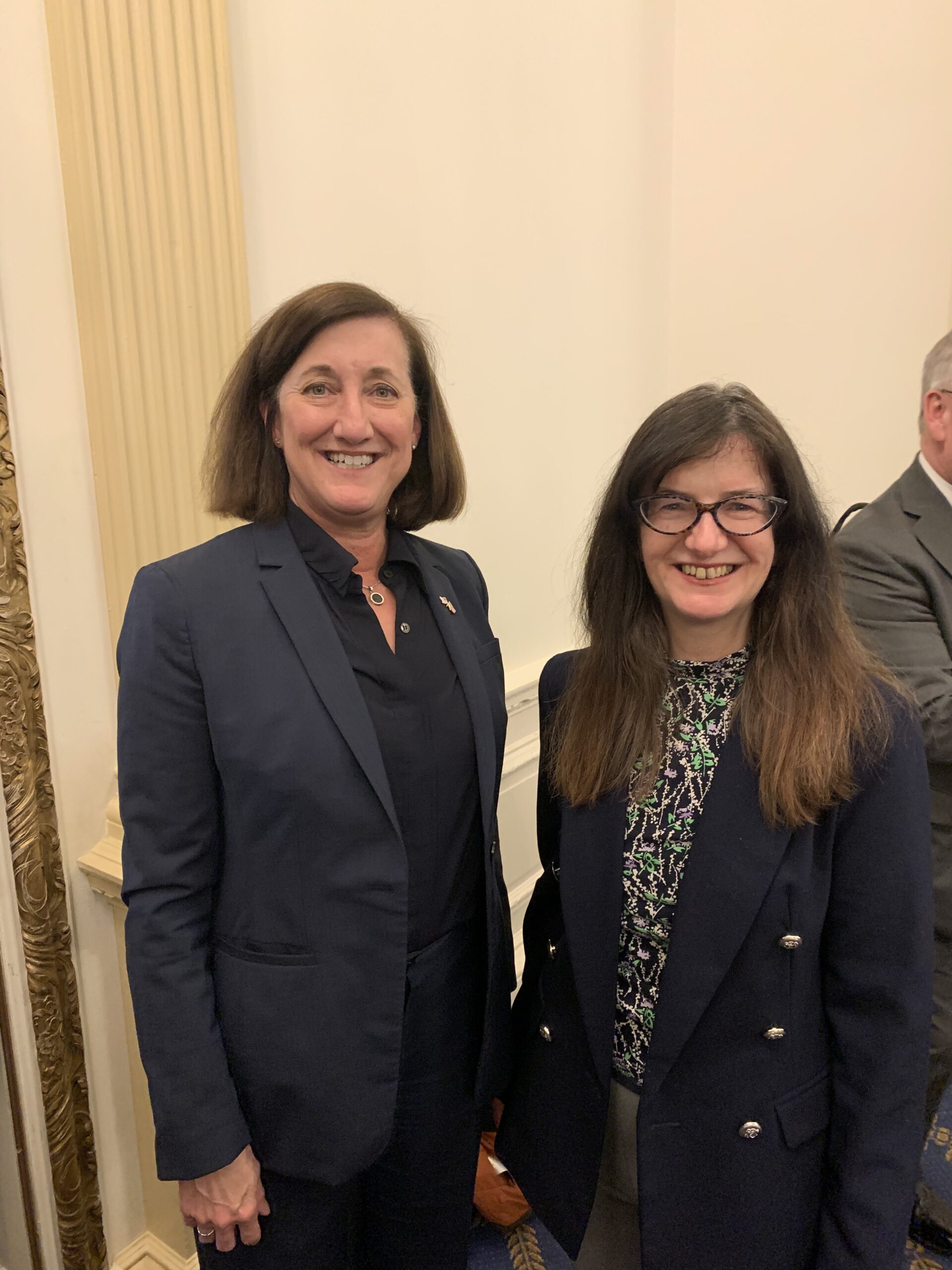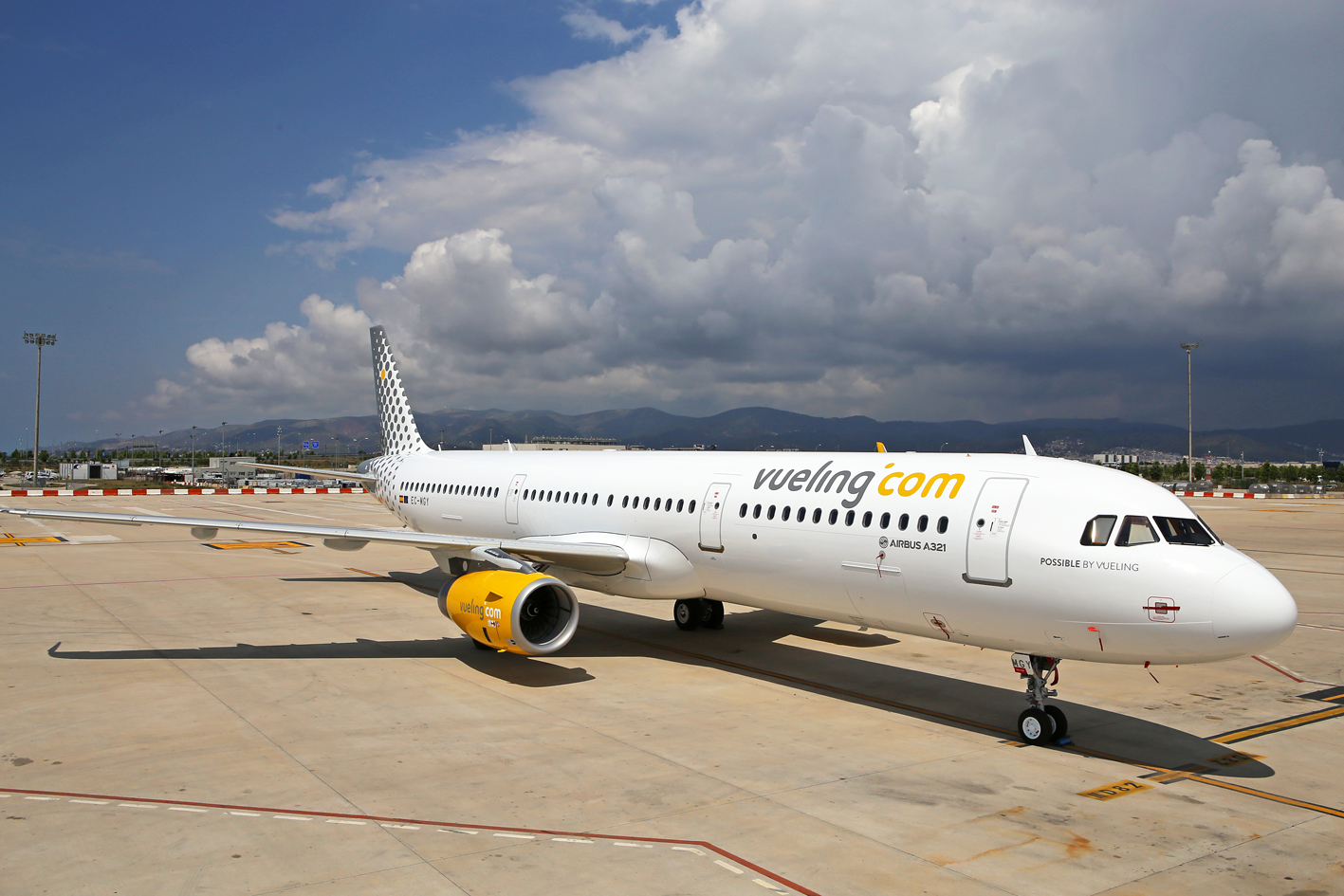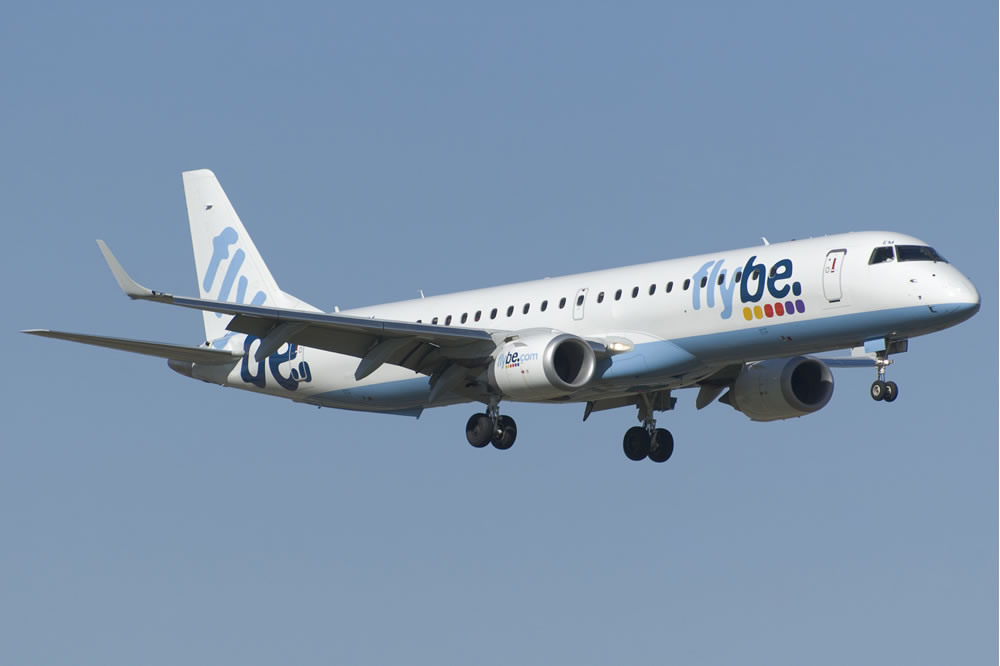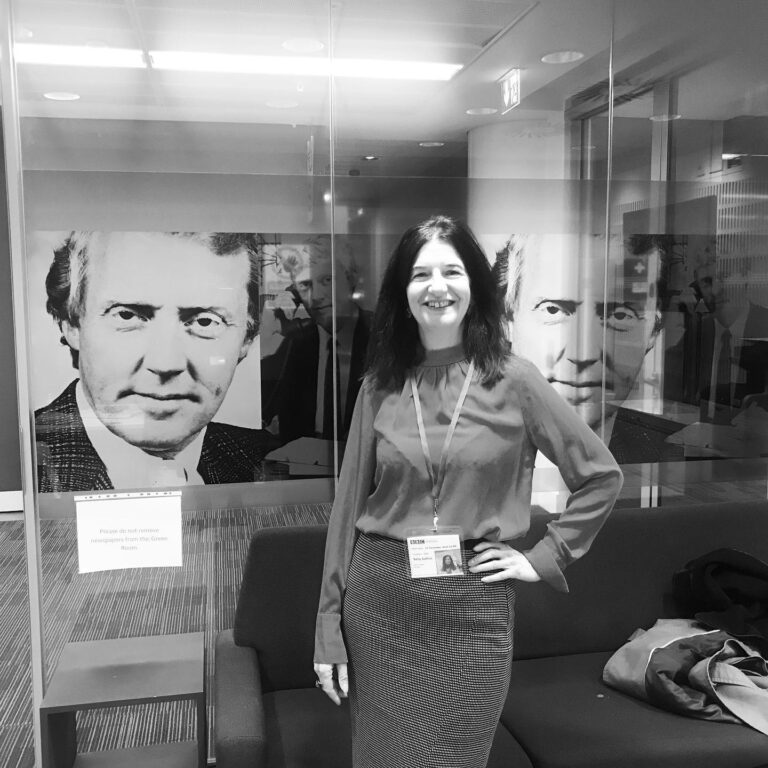
But the ‘news’ today however marks a turning point, bringing years of speculation for the general public to a close. And although that marks the end of the beginning, we are now at the beginning of a new end – the realisation of talk into reality. Constituents and citizens can rise in stature to meet the concrete path of the landing strip. The issue of Heathrow as the third runway choice will be in its own way as divisive and crippling an issue for our Prime Minister as Brexit was for the previous incumbent, Cameron.
Why? Not because the issue itself of getting a runway is controversial per se, but because – and possibly owing to the outcome of the referendum vote on Brexit – we live in an era of choice and voice and the increasing sense of the little guy standing up to the big guys in government. If Theresa May puts a foot wrong with this, she could be seen to be autocratic and ‘big government’ – the very thing she set out to decry when she took her leadership. Remember? When she said she was in favour of the ordinary people of this country who wanted to be heard.
The third runway will test her mettle in this regard.
For myself, having reported on the airport and aviation industry for over two decades in a global context, I do predict turbulence ahead. Countless times I went on assignment overseas to cover new airport development, interview the CEO’s of America’s largest facilities such as Hartsfield Atlanta, Chicago O’Hare and Los Angeles. I would be faced with occasionally battle-weary expressions from the key players who led these massive infrastructure projects of new terminal buildings and runways. Such a politicised industry at the top called for politicised airport leaders who understood the meaning of ‘stakeholders’ when it came to building new runways.
But in Europe, most airports are led by privatised companies who do not have that same entrenched intimacy with the swirling heat of the local town hall meetings. During my career I saw continental European hubs (Charles de Gaulle, Amsterdam Schiphol) expand without the constraints of space. It’s no wonder they have dominated the traffic ratings.
The simple truth is, to have a successful dynamic airport you need space. Even if you don’t need it today, you need it tomorrow. All the airports in the world where growth is assured is because their leaders acquired space even when they had no need to. Paris spread in a linear fashion with its daisy-chain design.
But Heathrow was constrained even twenty-five years ago. Just getting Terminal 5 built was a massive laborious, expensive exercise. The last major infrastructure project at Heathrow, the Queen’s Terminal, was only completed so swiftly was because it was built on an existing facility as a brownfield development.
When I was editor of Airport Support I remember speaking to the British Airports Authority (BAA) in the early 90s about the possibility of a third runway. This was at an informal networking event and the media relations team looked at me as if I had openly shouted an expletive. In hushed tones they looked away. Informally they told me that one day a third runway would be mooted but it was off message back then due to the priority to obtain approval for Terminal 5. In other words, it was a taboo but a given at the same time.
And then a few years back as a writer for Jane’s Airport Review I attended a briefing on a Thames Hub proposal – an impossibly gargantuan fantastical premise of an intermodal hub spreading tentacles across London and the southeast. Ah such stuff as dreams are made on.
It seems inconceivable now that in January 2012 Boris Johnson suggested that a new airport in the Thames Estuary could take only six years to build and not cost the taxpayer anything. Can you imagine? By his timing, it would have been a reality as early as next year.
Today that project seems more of cringeworthy blip than a reality. The irony is that the namesake of ‘Boris Island’ now sits as a cabinet member in a government advocating expansion at Heathrow. The very thing as mayor he opposed. And still opposes.
The prime minister will have to pilot this project very carefully otherwise she could be forced to divert elsewhere or even riskier – make an emergency landing.
